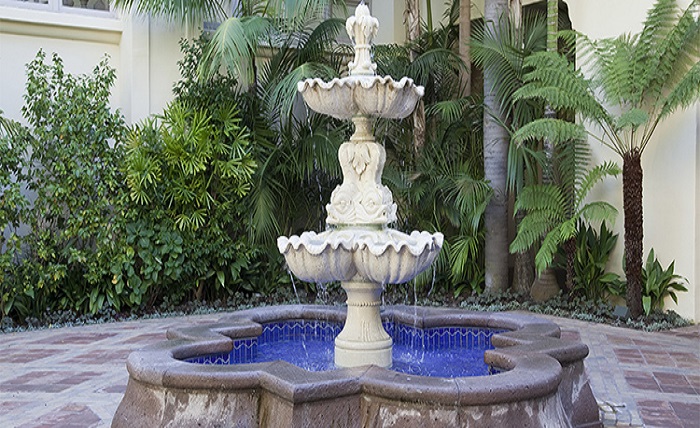Designing With Sound: How Water Movement Enhances Marble Fountains

The beauty of a marble fountain goes far beyond its visual appeal. It’s not just about the sculpted stone, the graceful tiers, or the shimmering reflections of light on water. What truly completes the experience is the sound. The gentle flow, the rhythmic trickle, or the cascading splash of water turns a marble fountain into a multisensory masterpiece. The harmony of sight and sound transforms any space into a place of calm, balance, and luxury.
The Role of Sound in Fountain Design
Sound is one of the most powerful yet often overlooked elements in fountain design. The way water moves and interacts with marble creates a distinct acoustic texture that can completely change how a space feels. A softly dripping stream offers a sense of peace, while a stronger flow creates energy and movement. Designers carefully shape the flow and height of the water to achieve specific sound effects that complement the fountain’s surroundings.
In an Outdoor Garden Fountain, for instance, the sound can mask urban noise or the hum of nearby traffic. The water’s melody brings a sense of privacy and seclusion, transforming a garden or courtyard into an oasis. Whether it’s the whisper of a trickle or the lively sound of splashing water, each tone contributes to an atmosphere that draws people closer to nature.
The Relationship Between Marble and Water
Marble plays a significant role in shaping how water behaves and sounds. Its dense structure allows water to glide smoothly, producing a soft and soothing sound instead of harsh splashes. The polished surface of marble enhances the natural rhythm of falling water, amplifying gentle echoes and reflections that create an immersive auditory experience.
Because marble is naturally cool and smooth, it adds an organic touch to the sensory appeal. Designers can carve deep basins or narrow channels, each altering the way sound travels. The result is a custom symphony of flowing water that resonates differently depending on the fountain’s form and placement.
Designing for Acoustics and Aesthetics
When crafting a marble fountain, balancing sound and aesthetics is essential. The height of the drop, the width of the basin, and the number of tiers all influence how water sounds. For example, tall tiered fountains produce a fuller, more resonant tone, while low, wide designs generate a softer murmur.
Strategic placement enhances the sound experience. Placing the fountain near walls or within courtyards allows sound to bounce and echo gently, surrounding the listener. On the other hand, positioning it in an open garden space allows the sound to travel freely, creating a wider sense of calm. Lighting can also enhance this harmony, with soft illumination accenting the moving water and deepening the sensory experience after sunset.
The Emotional Impact of Flowing Water
Sound has the power to evoke emotion. The consistent rhythm of water movement can reduce stress, encourage relaxation, and improve focus. This is why many homeowners and designers consider marble fountains an essential feature for meditation gardens and tranquil outdoor spaces.
The sound of water reconnects us with nature. It reminds us of rain, rivers, and the gentle flow of life itself. When combined with the timeless beauty of marble, this natural harmony becomes a centerpiece of peace and inspiration.
Final Thoughts
A marble fountain is more than a decorative piece—it’s a living, breathing design that engages the senses. The movement of water gives it life, while the sound transforms it into an experience. Whether you’re designing a grand courtyard or a small Outdoor Garden Fountain, considering the way sound interacts with form and material can elevate the entire atmosphere. In the end, the beauty of marble and the melody of water work together to turn any outdoor space into a sanctuary of elegance and calm.



